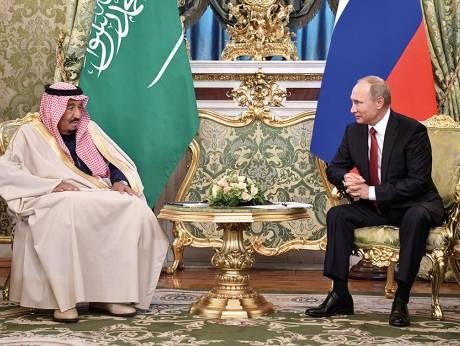Just when you thought the complicated, tangled web of who's fighting who in the Middle East couldn't get more complicated, the rules have changed. Again.
According to a Pentagon spokesperson, the missiles targeted radar sites in Houthi-held territory, sites the US claims were being used to launch missiles toward a different American warship (the USS Mason) in two separate incidents
earlier this week. Neither incident caused any damage, according to the Pentagon, as the missiles fell into the water.
Independent verification is hard to come by in the Yemeni war. It's unclear who, if anyone, fired the missiles from Yemeni soil. The Houthis strongly reject the accusations, saying that they didn't fire any missiles at US warships. They claim the entire episode is meant as a distraction, to draw attention away from the horrible toll the war is taking on innocent civilians.
The lack of independent, verifiable information notwithstanding, the US airstrikes still are a significant development. It marks the first time the US has directly targeted and attacked sites inside Yemeni territory using its own missiles from its own warships.
It effectively makes the United States an active combatant in the war.
The US had until now limited its role to providing intelligence, coordination and logistics to the Saudi-backed bombing campaign, plus providing airborne fueling tankers to enable Saudi jets to refuel in mid-air. Since the war began, the United States also has agreed to sell Saudi Arabia more than $22 billion worth of weapons, some specifically earmarked to replace those that have already been dropped on Yemen.
Until now, Yemen has effectively been the Middle East's second biggest proxy war (with Syria being the first), pitting Saudi Arabia and other Gulf countries against Yemen's Houthi minority and its Iranian backers. CNN




